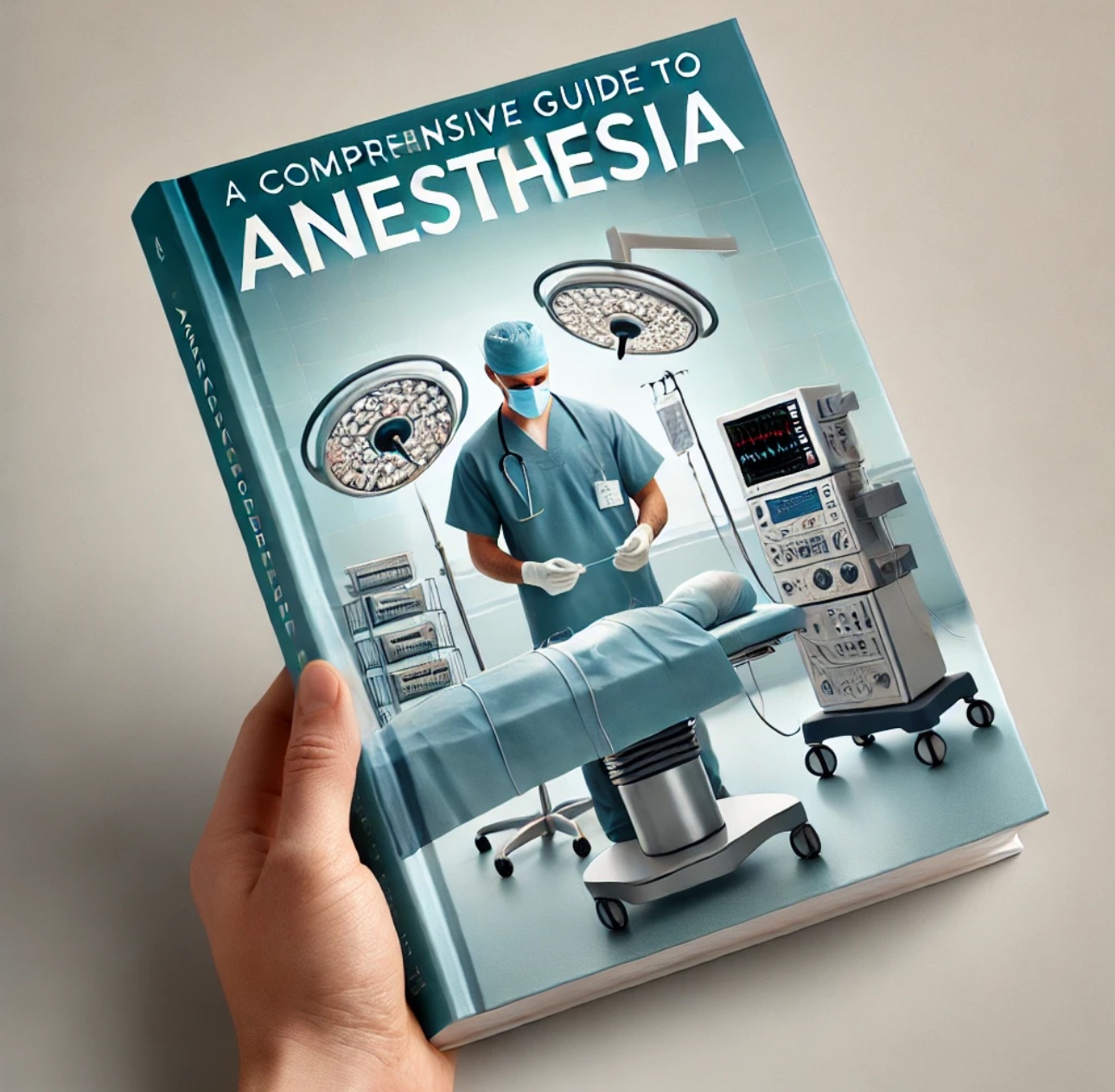| No. |
Topic |
Key Focus |
Key Points |
| 1 |
Analgesia, Sedation, and Paralysis |
ICU sedation and muscle relaxation |
Midazolam, propofol; muscle relaxants for ventilation; sedation monitoring |
| 2 |
General Anesthesia |
Techniques for various surgical cases |
Pediatric, obstetric, dental anesthesia; neonatal considerations |
| 3 |
NORA (Non-OR Anesthesia) |
Anesthesia outside the OR, e.g., MRI, RT |
Monitoring, sedation, emergency readiness |
| 4 |
Tracheostomy |
Airway management in ICU |
Percutaneous vs. surgical tracheostomy; complications like bleeding and infection |
| 5 |
ARDS and Ventilator Management |
Lung-protective ventilation strategies for ARDS |
Low tidal volume, PEEP, ECMO, prone positioning |
| 6 |
VAP (Ventilator-Associated Pneumonia) |
ICU-acquired infection in ventilated patients |
Prevention bundle: head elevation, subglottic secretion drainage |
| 7 |
Nosocomial Infections |
ICU infections like VAP, CAUTI, CLABSI |
Hand hygiene, device minimization, aseptic technique |
| 8 |
Nutrition and Metabolomics |
Enteral and parenteral nutrition for critically ill |
TPN, electrolyte monitoring, refeeding syndrome |
| 9 |
Fluid and Electrolyte Management |
Resuscitation and balance in ICU |
Hypovolemia, electrolyte balance, pediatric considerations |
| 10 |
POCD (Postoperative Cognitive Dysfunction) |
Cognitive changes post-surgery |
Common in elderly; intraoperative depth monitoring and pre-op screening |
| 11 |
PONV (Postoperative Nausea and Vomiting) |
Prevention and management of nausea/vomiting post-op |
Antiemetics, reduced opioids, TIVA, PONV risk factors |
| 12 |
POVL (Postoperative Visual Loss) |
Vision loss risk in surgeries with prone position |
Intraoperative positioning, BP monitoring |
| 13 |
Shock and Sepsis |
Systemic hypoperfusion and infection-induced shock |
Fluid resuscitation, vasopressors, early sepsis treatment |
| 14 |
OP Poisoning |
Organophosphorus poisoning management |
Atropine, pralidoxime, respiratory support |
| 15 |
Burns and Trauma |
Burn resuscitation and trauma management |
Parkland formula, airway management, wound care |
| 16 |
Congenital Conditions (TOF, CDH, etc.) |
Pediatric surgical considerations |
Special monitoring, oxygenation, fluid balance |
| 17 |
Fetal and Pediatric Anesthesia |
Anesthesia for neonates and fetal surgery |
Fetal circulation, caudal epidurals, airway management |
| 18 |
Radiology Anesthesia |
Anesthesia for MRI, RT |
Sedation, MRI-compatible equipment, respiratory safety |
| 19 |
Environmental Safety |
OT and ICU safety protocols |
Anesthetic gas control, cross-contamination prevention |
| 20 |
Sterilization and Disinfection |
Hygiene in ICU and OR |
Equipment disinfection, reusable device handling |
| 21 |
CPR, BLS, and ACLS |
Emergency response training |
CPR, rhythm recognition, medication in cardiac arrest |
| 22 |
Temperature Regulation |
Managing hypothermia and hyperthermia |
Warming devices, monitoring intraoperative temperature |
| 23 |
Tracheostomy |
Emergency airway access for long-term ventilation |
Percutaneous/surgical techniques, complications, infection control |
| 24 |
Fluid Management |
Pediatric and adult resuscitation techniques |
4-2-1 rule, electrolyte balance, hypovolemia management |
| 25 |
Foreign Body Removal |
Anesthesia for pediatric foreign body removal |
Spontaneous ventilation, oxygenation, airway management |
| 26 |
Gastroschisis |
Neonatal abdominal defect surgery |
Temperature control, fluid resuscitation, intra-abdominal pressure monitoring |
| 27 |
Hydrocephalus |
Shunt procedure anesthesia in children |
ICP management, head size considerations, rapid sequence induction |
| 28 |
IPPV (Intermittent Positive Pressure Ventilation) |
Mechanical ventilation strategy |
Alveolar ventilation, PEEP, ventilation-perfusion balance |
| 29 |
Non-Invasive Ventilation (NIV) |
Respiratory support without intubation |
CPAP/BiPAP, reduced infection risk, monitoring for air leaks |
| 30 |
Extracorporeal Support Therapies |
Hemodialysis, CRRT for renal support |
Electrolyte management, hemodynamic stability in ICU |
| 31 |
Dental Anesthesia |
Sedation in complex dental cases |
Airway management, sedation protocols |
| 32 |
Environment Extremes |
High-altitude, hypothermia management |
Hypoxia adaptation, hydration, hypothermia risk |
| 33 |
CO Poisoning |
Carbon monoxide toxicity treatment |
100% oxygen, hyperbaric therapy, neurological assessment |
| 34 |
Complications in Long-Term Ventilation |
Risks from prolonged ICU mechanical ventilation |
Ventilator-associated pneumonia, respiratory muscle atrophy |
| 35 |
NORA (Non-Operating Room Anesthesia) |
Safety and protocol for anesthesia outside the OR |
Preparedness, monitoring, emergency protocol |
| 36 |
PACU (Post-Anesthesia Care Unit) |
Recovery and monitoring post-anesthesia |
Pain management, extubation readiness, respiratory monitoring |
| 37 |
Sterilization and Disinfection |
OR and ICU infection prevention protocols |
Equipment sterilization, hygiene practices |
| 38 |
POCD |
Postoperative cognitive decline prevention and management |
Cognitive screening, anesthesia depth control |
| 39 |
Inguinal Hernia |
Pediatric anesthesia for hernia repair |
Lower dose anesthesia, pain management |
| 40 |
Paracetamol Poisoning |
Toxicity management in overdose cases |
Liver protection, NAC administration, glucose monitoring |
| 41 |
RESPIRATORY CARE |
Pediatric and adult respiratory distress protocols |
Oxygenation, airway support, mechanical ventilation |
| 42 |
Fetal Anesthesia |
Anesthesia considerations for fetal surgery |
Uterine relaxation, fetal monitoring |





Reviews
There are no reviews yet.